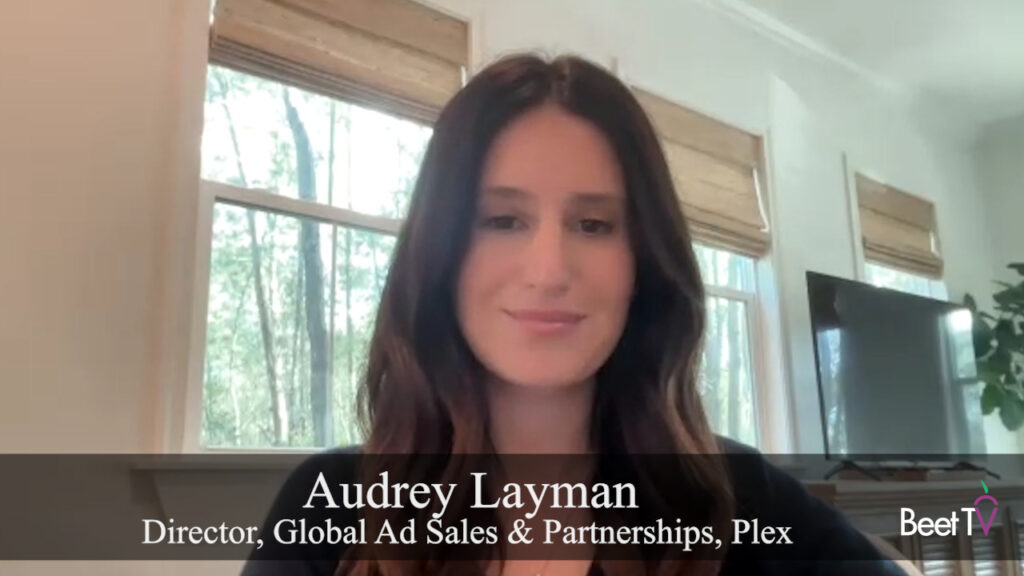While the “pendulum swing has happened” regarding the continued shift to connected-TV devices, it’s trickier to adjust ad loads than on traditional linear programming. “Where does it work and where can you deploy it I think is still a bit of a challenge,” says Fox Networks Group’s Dan Callahan.
For advanced targeting of TV audiences, “Live linear programming is a big part of it. We are optimizing our television buys today for clients that have a desire to do so,” the network’s VP of Programmatic Sales says in this interview with Beet.TV at the recent WideOrbit Connect User Conference.
Meanwhile, on the digital side, whether it’s full-episode, OTT, connected-TV devices or set-top video-on-demand, “we are looking to bring this cross-screen, trying to find an auto intender regardless of the modality that they’re consuming our content and serving the person that is in market for that product that ad at the right time,” Callahan adds.
Finding the right ad length and load is easier with on-demand content like movies where it’s scripted and ad breaks are planned. “I think you can do things with the break. You can shorten the break, adjust the break.”
Callahan sees Hulu’s approach “with different flavors of subscriptions” as offering a tradeoff with viewers in terms of ad choices and data sharing, while the “holy grail of serving right ad to right person with right format creates a less clustered more meaningful ad experience.”
Linear commercial breaks remain “baked in, sports isn’t scripted, you don’t know when somebody’s going to score a touchdown or hit a home run. You don’t know when that commercial break is going to happen,” Callahan says.
“You can probably load some up to be a certain way, but I think more in the archived, on-demand digital video library today you can get creative do things unique and interesting and create more value for the interruptions in a shorter capacity in those environments.”
Like other networks, Fox is seeing continued growth in connected-TV viewing year over year. “The idea of cord nevers versus cord cutters, that pendulum swing has happened.”
He sees a call for greater transparency in reporting and proving out de-duplication of connected-TV viewing audiences. “How does CTV really operate as the standalone from a tracking, delivery, audience perspective” is one question. “As far as the CTV environment, there is a greater level of transparency on who’s watching it, what are they watching, when are they watching and certainly the ability to tie it back to greater outcome attributed data sets as well,” says Callahan.
This video is part of a Beet.TV series on advanced TV produced at the WideOrbit Connect conference. WideOrbit is the sponsor of this series. Please find more videos here.












































